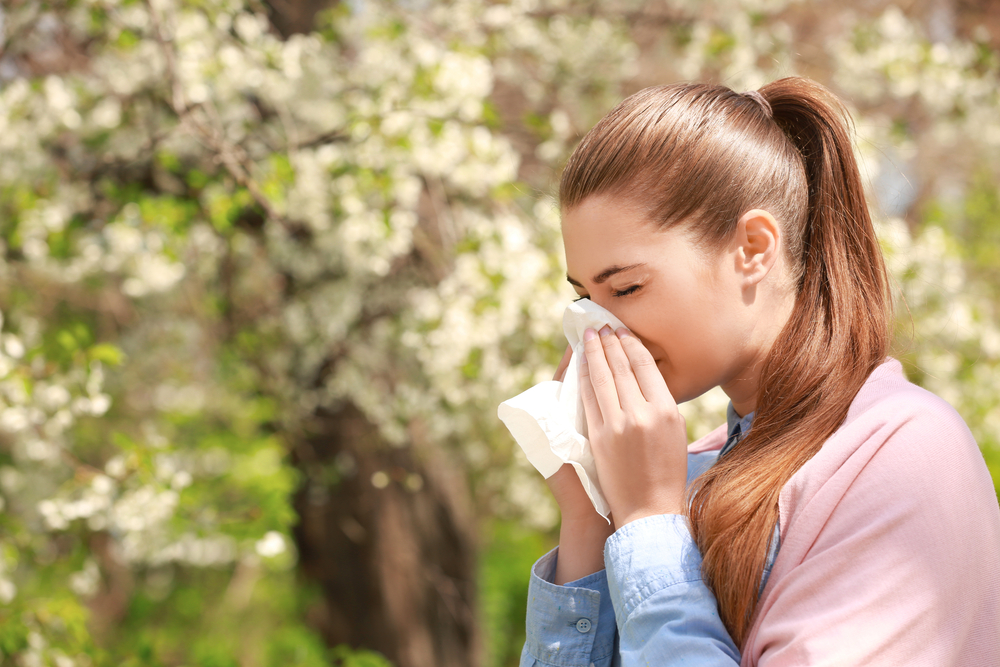With the arrival of spring months, there is a noticeable increase in allergies. For this reason, it is very important to consult a doctor especially if allergy symptoms are observed during this period. The most important step in diagnosing allergies is to identify the history and symptoms of the disease. Allergic symptoms may be seen in a patient despite a negative allergy test for allergies that are unspecified. In addition, there may be values indicating that they are allergic in blood of people who have never had an allergic reaction. For this reason, test results should be evaluated together with a disease history and a examination of specialist doctors.
Allergy Symptoms May Vary from Person to Person
Common allergy symptoms include itching, wheezing, shortness of breath, and swelling in certain parts of a body. However, in order for the symptoms to be detected correctly, it is first necessary to know exactly what a body is allergic to. Allergy symptoms may vary from person to person, and severity may vary.
Skin tests should be done to detect the cause of a disease in allergic rhinitis, allergic asthma and atopic dermatitis diseases. In the case of drug allergies, food allergies, bee allergies and urticaria patients, skin tests are performed in specific situations. Test methods called ‘prick’ or ‘intradermal’ are used in these diseases. It can be detected by patch testing in the case of contact dermatitis, which is a result of contact with metals or other chemicals.
Pollen Reaches Up to Lungs
Especially the months between April and June are rich in pollen. In these months, pollen is spread to the atmosphere with blossoms of grass, flowers and trees and reaches up to lungs. Especially after windy weather, pollen is distributed more in the air, so many people complain about this period. The most common allergy in spring is known as allergic rhinitis. Symptoms of allergic rhinitis are nasal discharge, sneezing, watering eyes and burning. Allergic rhinitis in the spring months as well as other allergies may increase and its treatment becomes important.
How is an Allergic Skin Test Done?
The most commonly used method is the “prick” method, which is an on the skin test. In this method, a skin area to be tested is first wiped with alcohol. After drying it, places where allergens are to be spotted are marked and a drop of allergen is dropped next to each mark. The top of a skin is punctured with a 1 mm plastic tip. Since this hole does not reach the bottom of a skin, it does not usually cause pain. While performing skin test, the most common allergens in environment and the most commonly consumed foods are evaluated. Some of those can be sorted as house dust, mildew, pollen, grass, cereals, wheat, tomatoes, peaches, bananas, strawberries, hazelnuts, peanuts, peas, egg whites, egg whites and soya. This test takes about 20 minutes and is evaluated by a specialist doctor.
What If Allergies Are not Treated?
Allergy is a disease that needs to be treated and controlled. A person may first appear with allergic rhinitis and then develop asthma, urticaria allergy, drug allergy. If it is not treated, chronic fatigue, backache, difficulty in getting up, fatigue, depression may occur. For this reason, allergies must be treated.

